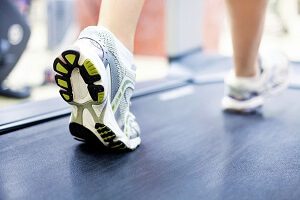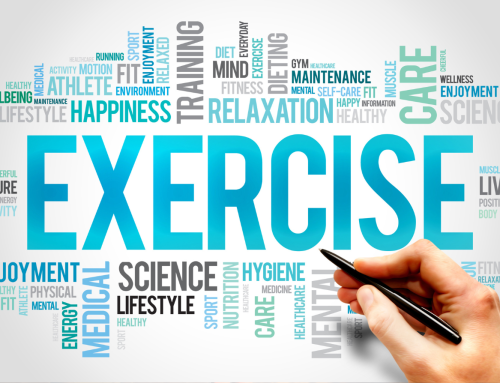The dangers of sitting
Sitting for extended periods of time has been linked to the risk of development of chronic conditions like cardiovascular disease and non-alcoholic fatty liver disease (“What you need to know about Cirrhosis”), even for those who exercise regularly. The sedentary behaviour (“Moving Right”) of sitting leads to the reduction of muscle activity and a drop in metabolism. One study on young men showed that the vasculature function on one of the leg’s main arteries was reduced by more than 50% after few hours of sitting, and was restored after 10 minutes of walking.
So rather than sitting down all day long, try a mix of sitting and standing throughout the day!
Does standing burn more calories?
A university research* conducted on 10 adults in the UK found that standing up adds up to burning about 50 calories more per hour versus sitting. Volunteers wore an accelerometer (to measure movement), heart rate monitors and glucose monitors. Their blood glucose levels fell back to normal levels after having a meal while standing, as compared to sitting while they ate. High glucose levels are associated with increased risks of heart disease and diabetes.
Another study on 20 adults indicated a significant increase in caloric expenditure in participants who stood at a standing classroom desk, as compared to those sitting at a classroom desk.
Not only does standing increases energy and burns extra calories, it also tones muscles and improves posture.
5 tips to get you moving
1. For those of you who work on a computer (“Top 10 tips for good posture”) all day long, walk around and stretch for a few minutes after about 20 minutes of sitting. You can even stand when you are sorting out your paperwork. The less you sit, the better!
2. While waiting for your turn at the clinic or at a servicing centre, why not read a magazine or listen to music while standing? You don’t always need to sit down each time you are waiting.
3. Catch up on your tv shows while you exercise at home! Watch your favourite episodes as you pedal on an exercise bike or jog on a treadmill.
4. Pace around the room while you are talking on your mobile phone. Stand up and give your body small amounts of movement instead.
5. When you are on a long-distance flight, it is important to walk around and stretch. Doing so can help to reduce your risk of deep vein thrombosis (DVT), the formation of a blood clot within a deep vein, predominantly in the legs.
References
Centers for Disease Control and Prevention (CDC)
US National Library of MedicineNational Institutes of Health
*University of Chester











